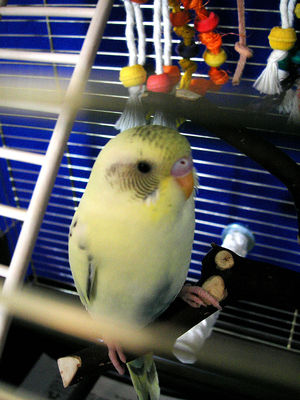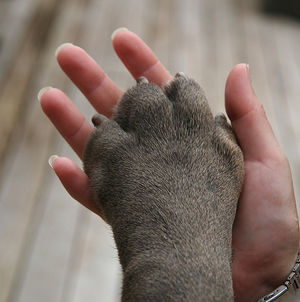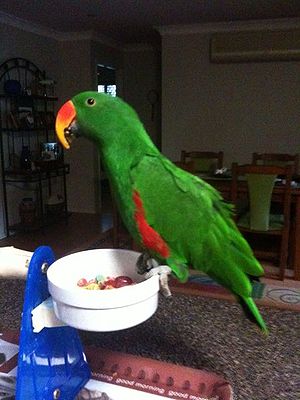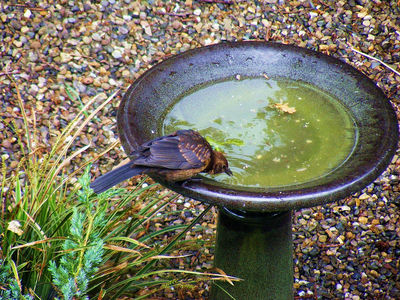 |
These days you can pick and choose from a large variety of birdcages. You can even match the color of the cage to your decor. Here are some tips to help you find the proper cage for your bird.
When purchasing a cage, you must consider the size of your bird. He should be able to fully extend his wings and walk about comfortably. Too small a cage and your bird will complain in a loud voice and may develop unwanted behaviors. Take into account that food dishes, perches, toys, all will take up space.
A general rule of thumb is that for large birds, the interior living space of the cage should be at least 1.5 times the bird’s adult wingspan – in depth, width and height. So, if a Sun Conure’s wing span will be 11 inches, the cage should be at least 18 inches wide, high and deep. Of course, more space is always better for the bird, as long as the bars of the cage are appropriately spaced to avoid injury. Some smaller birds benefit from a flight cage that will allow them to really move around. Generally, having more space horizontally makes sense, as that allows more room for flight. When in doubt, choose the larger cage.
For small birds such as Finches, Parakeets and Lovebirds, bars should be spaced no more than 5/8” apart. For medium birds such as Conures, Senegal Parrots, and Cockatiels bars spaced from ½” to 7/8” are appropriate. Large birds such as African Greys, Amazon Parrots, Cockatoos and Macaws should have cage bars spaced from 3/4” to 1 3/8” apart. Having properly spaced cage bars allows the bird to climb while reducing the risk of injury.
Some veterinarians feel that round cages damage a bird psychologically. Round cages can cause a bird to feel insecure. So you many want to consider a cage with angles. There are very large standing cages, cages that can be hung or placed on a stand and if you have room, an aviary.
Your bird is most comfortable with a cage that is your chest level. Too low and your bird feels vulnerable. Too high and your bird can feel dominant.
The bar spacing on a cage should be considered too. For smaller birds such as canary-size, bars should be spaced no more than half an inch apart. Larger birds do better with horizontal bars for ease in climbing. Check to be sure your bird can’t get any part of his body stuck in the bars. Make sure doors and latches are secure. Birds quickly learn how to escape. There should be no zinc or lead components as part of the cage.
Make sure the cage is of non-toxic material, preferably stainless steel or wrought iron. The cage should be easy to clean with nothing such as sharp edges which can be hazards. Floor trays that pull out are easily accessible for cleaning.
Better quality cages may be a bit more expensive, but they last longer and are safer for your bird. After all, you want the best home for your bird.
Since your bird will be spending a good amount of time in the cage, decorations should be colorful, inviting exercise and play. Perches can be made of different materials and be of different sizes as long as they are non-toxic and appropriate for the size of the cage and the size of the bird. Fruit and nut tree branches are excellent perches. Wash them well with soap and water and let them dry thoroughly before placing them in the cage.
Most important, your bird will have a secure, comfortable home.



